This creative Contessa’s website puts her life’s work in the very prettiest of nutshells when it says, “The old practice of a hand-written note is back with a modern twist in this straight-from-the-runway collection.” It all started though just post-graduation with an Apparel Design degree under her arm. Bolstered by hours and hours spent practicing the art of fashion illustration, Brittany decided to gift custom sets of stationery to her fellow grads, and ultimately Brittany Fuson Paper was born.
Brittany was fortunate in that she didn’t have to hunt down her dream job—she was able to create it for herself. But any entrepreneur knows that landing upon that Great Idea is only half the battle. She started her design business while still working full-time in retail, pitching herself and her brand to stores every chance she got. Thankfully, the response to Brittany’s passion and enthusiasm was overwhelming.
When social media began to take off, so did Brittany Fuson Paper. Bloggers and celebrities alike now love the brand, and what started as a few pieces of stationery has expanded to greeting cards, planners, phone cases and even luggage tags. In the end, Brittany did what most young girls only dream about—she turned her passion for fashion into a super successful business, and we’re thrilled to have her here to explain how she did it.
Her Starting Point
You earned an Apparel Design degree from the University of Alabama in the hopes of becoming a fashion designer. What was it about this profession that drew you in and, ultimately, why didn’t you pursue it?
Growing up, I always wanted to do something creative. I’ve been doodling on any piece of paper I could get my hands on since I can remember. I vividly remember, from an early age to high school, always wanting to be a wedding dress designer. I would study everything Vera Wang did in hopes of becoming the next “her.” At some point, I expanded my vision to wanting to be a Fashion Designer, not just wedding gowns, which is what led me to the program at Alabama.
Once I was knee-deep in my Apparel Design classes, I found a new love for illustration. Art has always been a huge part of my life, but I was really able to hone in on my skills and define my style. I didn’t have to do fine art as much and could just focus on fashion illustration. I eventually found that illustration is where I am most inspired. Learning the ins and outs of the fashion industry gave me tools I still use today—I just decided to pursue it all on paper.
Before graduating from the University of Alabama, you completed an internship in New York City. Tell us about this experience and how it helped you learn/grow and finally build the career you have today.
I decided to take on two internships simultaneously while I was in New York. One was on the sales side of the fashion industry with Derek Lam, while the other was more design-focused at What Comes Around Goes Around. What I found was no surprise—I loved the design side much more than the sales side. It’s definitely evident to this day as selling my own product is an everyday challenge while designing comes naturally. As my company is growing and expanding, it’s clear that the design side is where I will stay and hopefully I can bring someone on board to manage the sales side.
What first sparked the idea for Brittany Fuson Paper? How did you build a client base when you were first starting out?
The idea for my paper line started in April or May of my senior year. I had just completed a semester of my Fashion Illustration class and knew that’s what I wanted to pursue, but I wasn’t sure how to get started. I also was looking for unique graduation gifts for my friends. So, I decided to make them my guinea pigs and create one-of-a-kind stationery for each of them. They were, of course, thrilled as it was the first run of BFP.
From there, it was a lot of groundwork finding stores to carry my line because social media wasn’t quite the movement it is today. I started out focusing mostly on wholesale and getting into stores across the country. The very first store that placed an order still carries it to this day. As five years have flown by, it’s actually become easier to reach new stores, new accounts and new clients through social media and the Internet.
What do you think helped you most in developing your art and design skills during your formative years? What, or who, inspired you to hone in on and develop your creativity?
I come from a very creative family, though none of them will admit to it. I grew up around creative parents who were always trying some sort of DIY project, which would always (through a lot of sweat and tears) end up perfect. They’ve always encouraged creativity and entrepreneurship. Luckily, they were on board when I decided to pursue the paper route (on the side, at first). I had a full-time job at a retail store, so I was able to work on it in my spare time until it became a full-time job in itself.
Having a wonderful support system around you is the key in any profession. I’ve also had a handful of teachers and professors along the way that have really believed in me and pushed me in unique ways to reach my highest potential.
Her Big Break
Your signature look is fabulous! What influenced the overall tone of your brand? What kind of impact does a signature look have on your business?
On the first day of my Fashion Illustration class, our professor had each of us sign our names on the board. My signature was the same then as it is now, but her point was that each of our illustrations styles would (by the end of the semester) be a direct reflection of our signature. To her point, I can’t help but notice the correlation of the BFP eyelash to my actual hand-written signature. The eyelash has, in turn, become part of my signature look, but it was a completely subconscious development.
I think every artist has a unique style regardless, but from a branding perspective, it all has to flow. It all has to coordinate and be on-brand if it’s going to work. That applies to every aspect of running a business—from social media, marketing, packaging and design. Luckily, the signature eyelash has become a staple and people instantly recognize it when they see it. I would encourage any aspiring artist to continue to develop their product or work until the signature becomes completely obvious. It will happen without you even noticing it!
Your work has received a lot of support from the blogging community and you’ve been featured in several big name publications. How did you develop these relationships with bloggers? What has been your most important marketing tool?
As odd as it sounds, I think my best marketing tool has been intuition. I had a friend tell me not to tag celebrities or use their names to get their attention, but I went the complete opposite direction. I started illustrating red carpet looks, bloggers and everything in between and would hound them on social media in the hopes of them noticing. It’s amazing the power social media has, not only in getting a name out there, but also in the way it instantly connects you to these celebrities, bloggers and magazine editors. For anyone that’s built a business, they know that you have to spend money to make money. For me, that was more relevant with my time. I had to take time to illustrate people in the public eye in the hopes that they would see it, and if I was lucky, they would repost it.
Brittany Fuson Paper covers everything from stickers to notepads. How do you decide what you want to focus on when it comes to creating and designing products? Did you always want to expand your product line or did fan suggestions drive the expansion?
Product development usually happens organically. The ideas come from either a need I see in the brand or from fan suggestions. As I mentioned, social media has the amazing power of connection. When I post an illustration or photo on Instagram, it almost becomes an open forum. People will leave comments expressing their love (and sometimes hate) for it or throw out ideas for what product they think the image should be printed on. It’s instant feedback, which is so helpful, though sometimes it can be overwhelming because you simply can’t please everyone! When the business side of my brain kicks in, I remember that I have to develop products that will sell.
Where do you find inspiration for your creations? What time periods, trends, colors, people, etc. do you draw from when you’re brainstorming ideas for products?
There has been such a change in the industry over the past few years. While celebrity endorsement is still very powerful, bloggers and street-style stars have become the celebrities. They are the ones sitting front-row at Fashion Week. They are the ones brands are pursuing to get their products noticed. While there are hundreds of new bloggers every day, they are still a great source for inspiration.
One of my favorite things about Fashion Week is the street-style photos. Yes, I still look through the runway photos, but it’s what’s happening outside the shows that is the “right now.” They’re wearing what’s on-trend right now.
My personal style is actually quite understated because I wear a lot of black. That’s why searching for inspiration is so important because my clients and followers love to see color. They always buy the more colorful designs. So, while my condo and I are very monochromatic, my brain is filled with color. My Pinterest boards also are a go-to for a blog post illustration.
Her Perspective
Success never comes without its challenges. What is one of the biggest challenges you’ve faced and how did you overcome it?
Time management. Working from home, by yourself, with nobody to report to can have its ups and downs. There are days when I spend too much time answering emails that I get behind on custom projects or vice versa. It’s an everyday battle but something I’m trying to improve upon. I’m trying to be more intentional and block out time for each portion of the business during the week. It’s hard for me to switch back and forth between the business side and creative side in one day, so I try to focus on drawing and being creative one day while switching to the more mundane paperwork the next.
In addition to your set products, you also offer a custom design service. What’s the hardest part about working directly with a client to make their vision come to life? Are there ever any discrepancies between your vision and the client’s vision?
The custom design portion of my business has grown tremendously—everybody wants a “girl” to look like them! Every now and then, we don’t get it right on the first try. But most of the time, I may make a few tweaks but seem to get it right the first time. I ask a lot of questions beforehand to make sure we’re on the same page and sometimes send inspiration boards if I feel the vision isn’t clear.
Some clients can be really easy to work with and simply want a picture of them copied head-to-toe. Those projects are a breeze, but every now and then a difficult one will come along that takes much more time and creative energy. I’m really lucky to be able to work with admiring fans and clients that are nothing but ecstatic about their completed custom project.
What advice would you give to aspiring illustrators? Where should they start?
The hardest part of starting a business is taking the leap of faith to actually start it. Mine started because I had a passion for fashion illustration. If you don’t have a passion for what you’re doing, you will get burnt out very quickly. I think it’s also important to start small. I never took out a loan or got in over my head. I simply let the business grow slowly in its own time and on its own financially.
Illustrating is something that you have to do on a continual basis in order to grow. I can tell if I haven’t drawn in a few days because the first few illustrations will be a bit rough (in my opinion). It’s crucial to stay at it and continue to put in the practice. Practice makes perfect!
And finally, what do you wake up looking forward to? What’s next for your career?
I wake up excited to see what’s new in my inbox. I love opening an email from a potential client that’s working with a big name brand or someone who simply can’t wait to have their wedding dress illustrated. I get my energy from the client, so if they’re really enthusiastic and excited about the project, the more excited I get.
As far as what’s next, I try to continually set goals but never try to get too far into the future. I’ve been so blessed along the way by not putting high expectations on myself or on the business. The path it has taken me on is quite different than I could have anticipated, but I wouldn’t trade it for anything. I am trying to get more involved in bigger projects with big brands. But who knows what the future holds!
You May Also Like
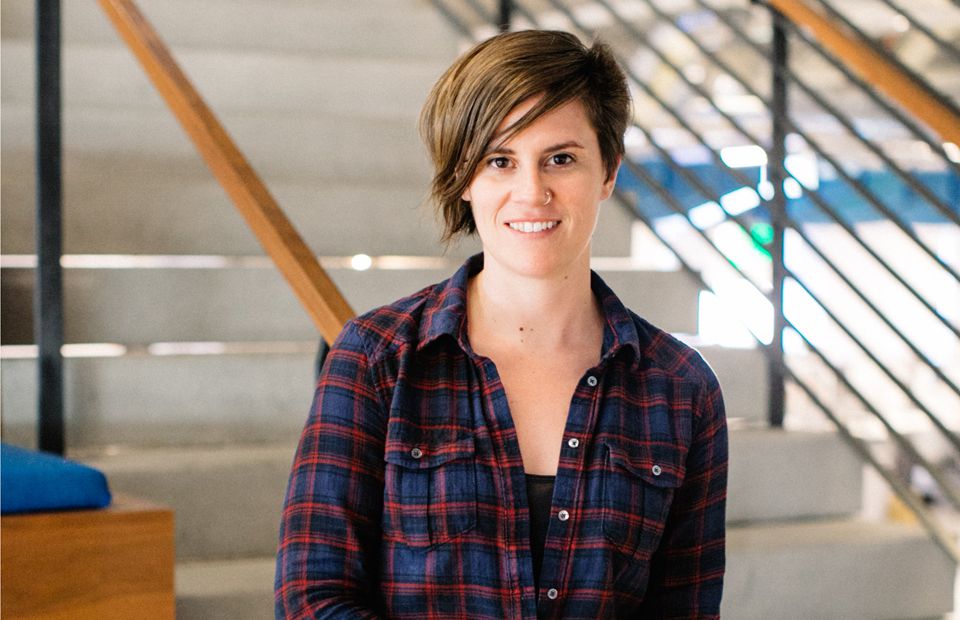
Media
How to Use Positive Reinforcement at Work—and Other Advice from a Pandora PM
"My advice to anyone who wants to get into product management is: check your ego at the door."
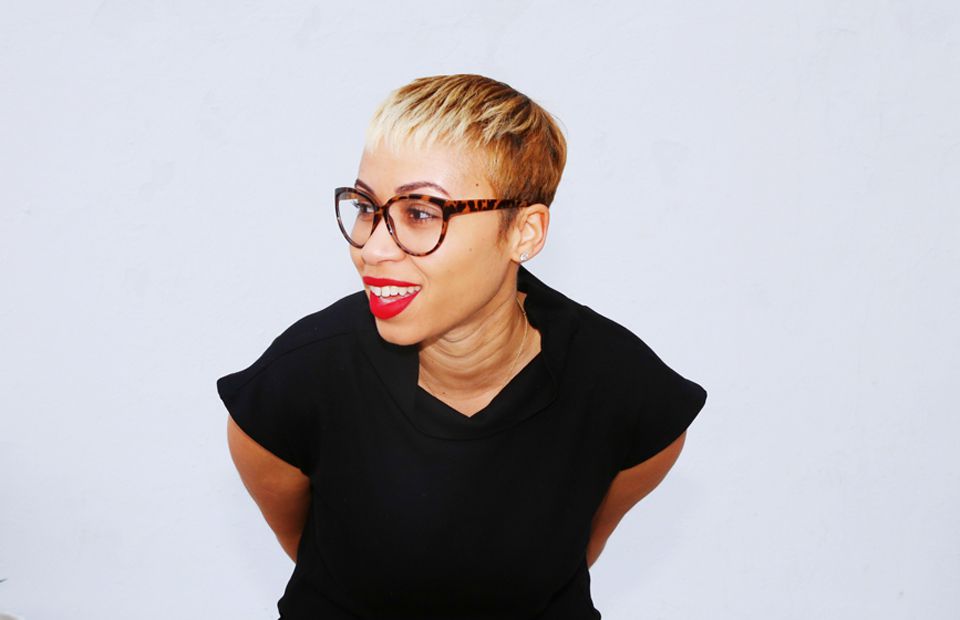
Media, Communications + Public Relations
How to Take Risks, Make a Switch, and Find a Career You Love—From a Woman Who's Done It 4 Times
Making your wildest dreams come true starts with understanding yourself—and Ahyiana Angel can help.
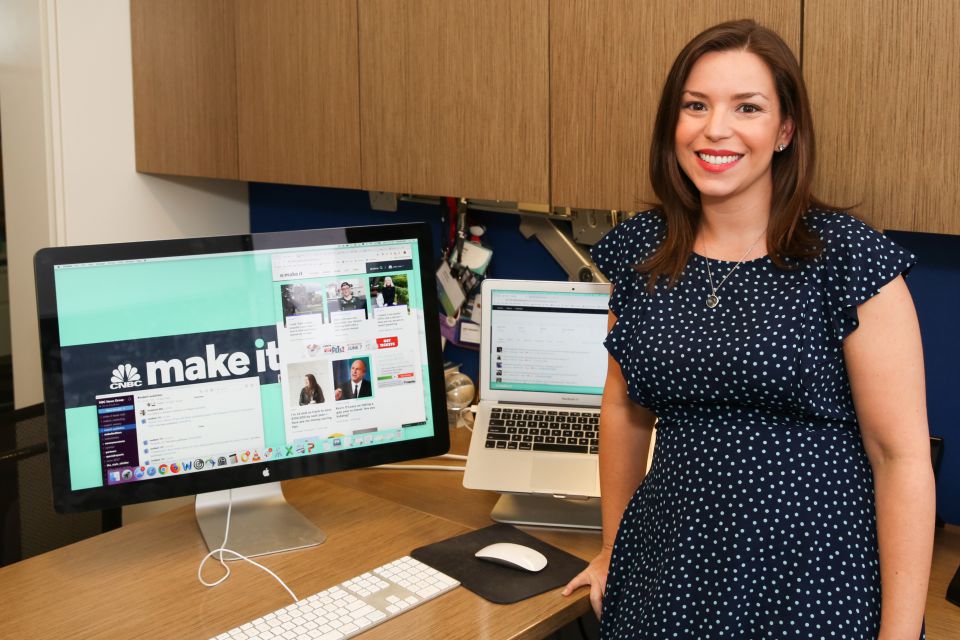
Communications + Public Relations
Creating Content That Empowers Audiences with CNBC's Digital VP and Managing Editor
This week, we interviewed Jenna Goudreau, the VP and managing editor of CNBC Digital. Let's learn how she keeps her powerhouse content creation machine going.
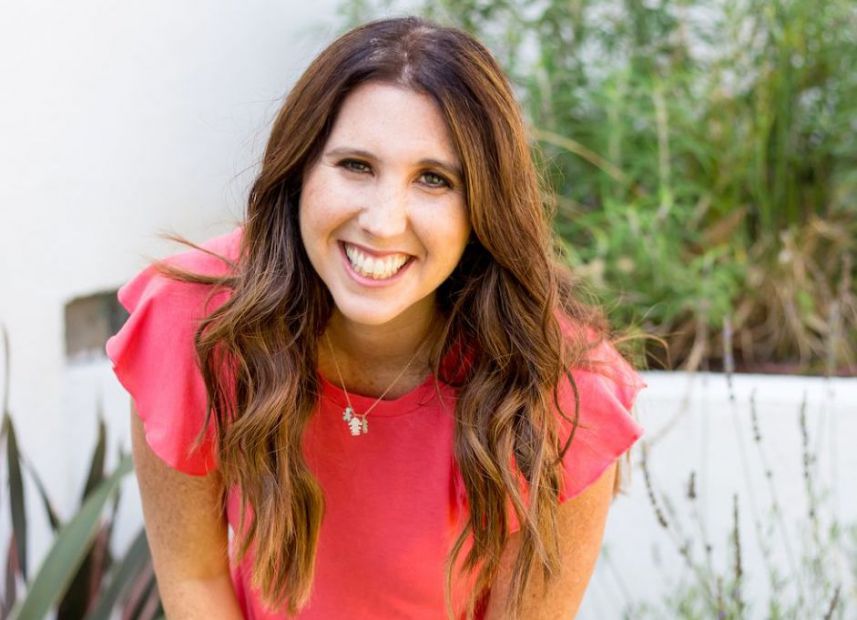
Entertainment
Working Creatively From Home with Cathy Heller
Cathy Heller is a singer, songwriter, entrepreneur, mother—and now, an author. Determined to lift others up to the "happiest versions of themselves," this queen of the hyphenated job title, leads by example. She shared how to build a fulfilling career in a creative field—all while working from home.
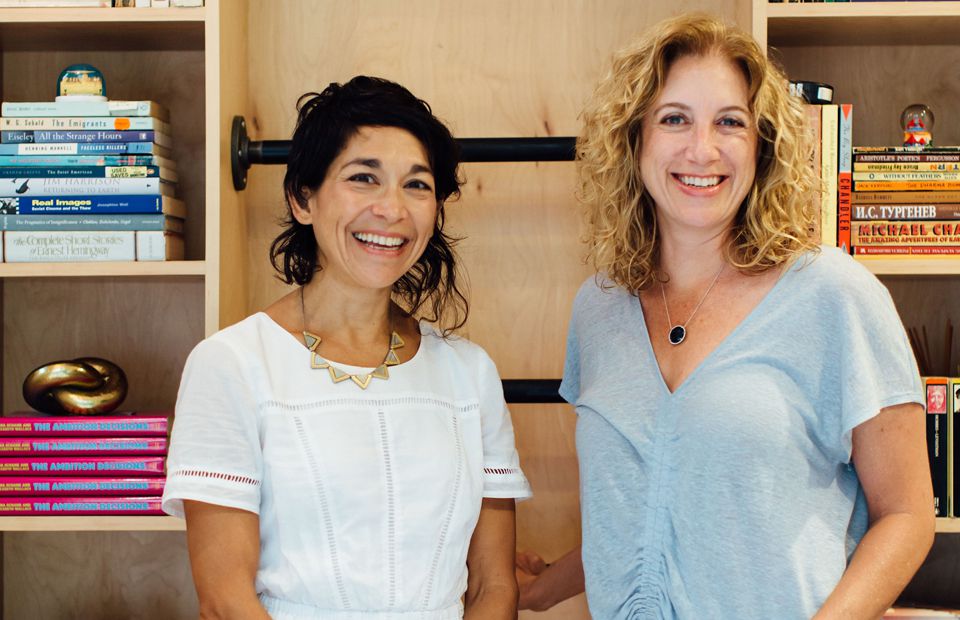
Media
Women, Work, and What It's Like to Write With Your Best Friend—From the Authors of The Ambition Decisions
"We should all give ourselves permission to challenge the things we think can’t be challenged."
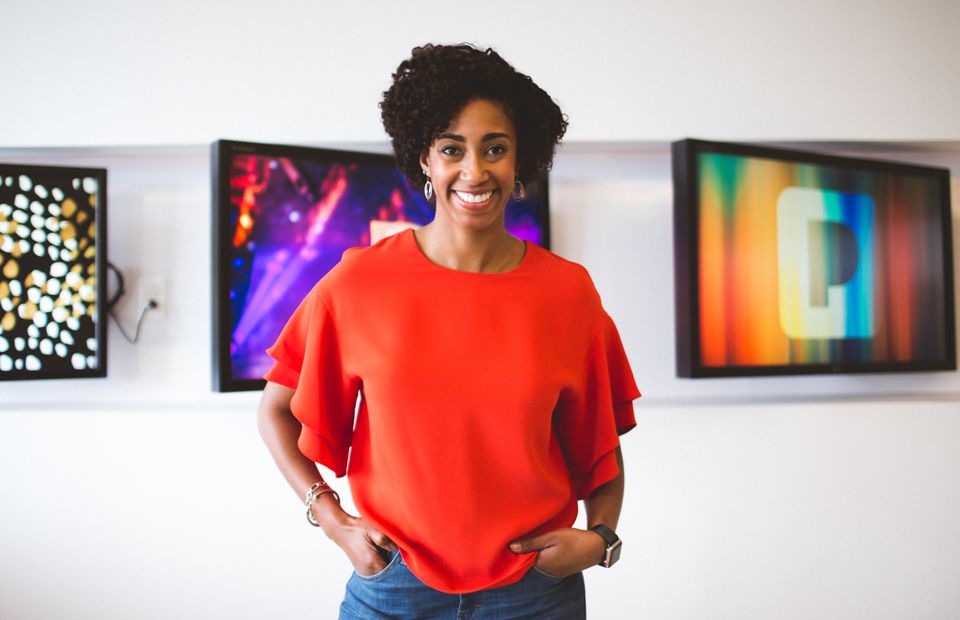
Media
A Director at Pandora on Staying Present, Celebrating Others, and Learning From Failure
"Share your wins, but most importantly, share what your growth areas are, share when you fail, share how you bounced back."
Get the Best Career Advice Delivered To Your Inbox
Join our newsletter to stay in the loop.
